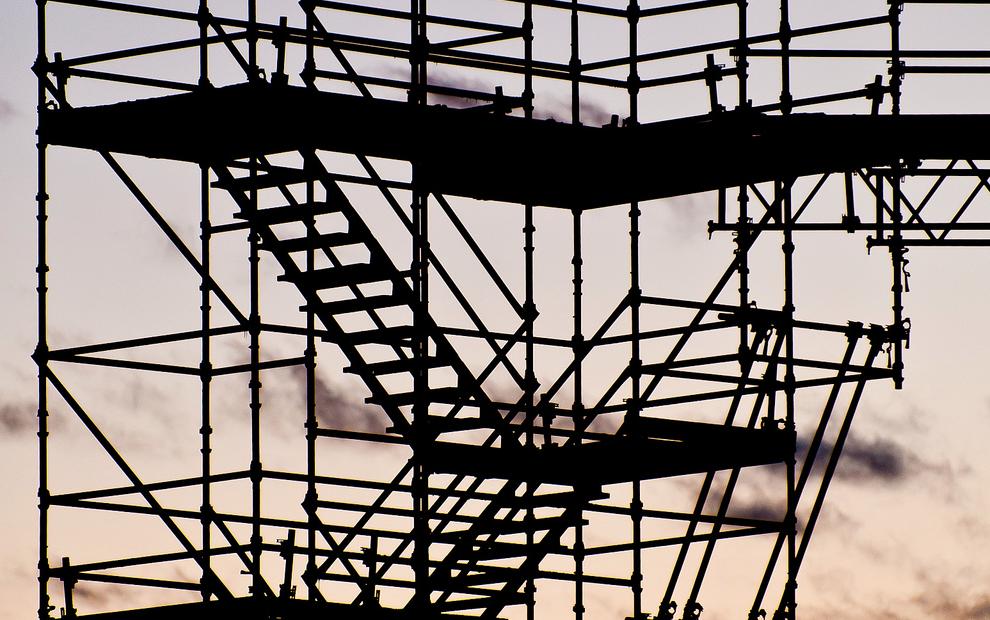Structure helps both the presenter and the audience. It underpins the message, the media and the delivery. Structure is essential. Without structure a presentation is challenging to deliver, seldom has impact and is easily forgotten; the value will be lost, in time, like tears in rain.
All great presentations have a clear and memorable structure. They are not simply a list of facts. Determining a path from start to finish of the presentation requires understanding of the audience needs, a precise aim and specific objectives. The creativity of the presenter is what converts these into a structure. Cinderella got married is not a presentation anyone would want to listen to. What makes it a classic tale is how the story teller leads us to the climax.

The value of structure should become clear during the brainstorming part of preparation. It is a worthwhile formal step to try to group ideas. There is no “right” way to do this but it allows a presenter to find a message, a discussion or a challenge within their topic that will engage the audience. Those three steps should lead to the key message. This is the arc of a presentation.
Most presentations, whether they are scientific, business or dramatic have three acts. The magic of three is hard to deny. Even now you can hear threes in you mind; “liberte, egalite, fraternite”; “Government of the people, by the people, for the people” and even “sex and drugs and rock and roll”. Or the three examples listed. Three sections make up an excellent structure.
Structure helps illustrate a message. The p2 can highlight the structure in many ways including obvious visual clues. This does not mean numbers or titles but can be consistency of image, colour or content. The p2 should add to the message and that visible mirroring of structure adds to the overall value.
The best presentations are engaging and may seen spontaneous. This “spontaneity” comes from planning, practise but mostly from structure. An introduction, three steps and a conclusion are the basis of every great presentation. Within each step there can be substeps but they are best marked, again, in thirds. Memorising this basic structure allows the presenter space within which to engage, extemporise and focus as appropriate to the audience. It helps balance the content and ensures that the climax is reached within the time allocated.
Structure helps the presenter but also the audience. The structure itself should not be clear to recipients but be implicit in the progress of the presentation leading the audience to understand, achieve or answer the key point immediately before it is delivered. This structure helps maximise the impact of the presentation.